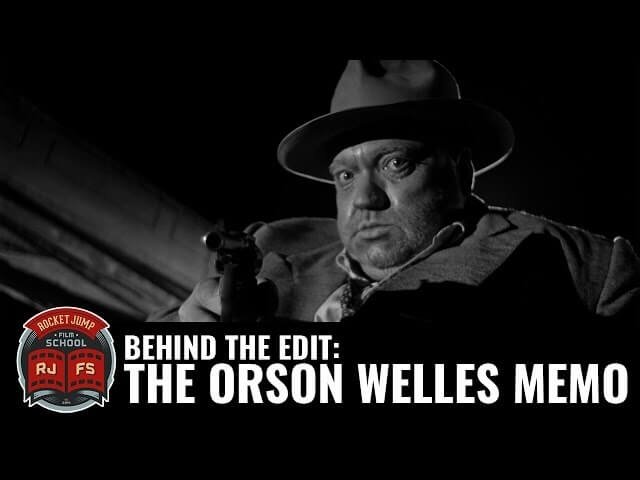A look at Orson Welles’ Touch Of Evil shows how studios mishandled his movie

The story of Orson Welles is famously tragic: A wunderkind who made what many consider to be the greatest movie right out of the gate at 25, Citizen Kane, his career was then squandered through a variety of studio battles, so that he only wound up with a handful of masterpieces instead of the many he surely had in him. One of his later efforts, which he wrote, directed, and co-starred in, was 1958’s Touch Of Evil. The gritty late-era noir has Charlton Heston playing a Mexican drug-enforcement official at the U.S. border, and features Janet Leigh as Heston’s wife, a young Dennis Weaver, Marlene Dietrich as a madam, and Welles as corrupt sheriff Hank Quinlan. Welles was in his 40s by this time, and grossly obese, but his work behind the camera on Touch Of Evil (including the still-famous three-minute opening tracking shot) convinced him that the film could be his Hollywood comeback.












![HBO teases new Euphoria, Larry David, and much more in 2026 sizzle reel [Updated]](https://img.pastemagazine.com/wp-content/avuploads/2025/12/12100344/MixCollage-12-Dec-2025-09-56-AM-9137.jpg)



























